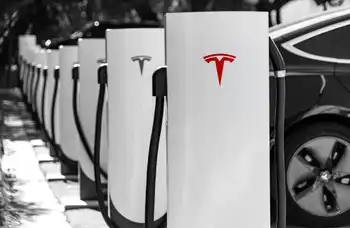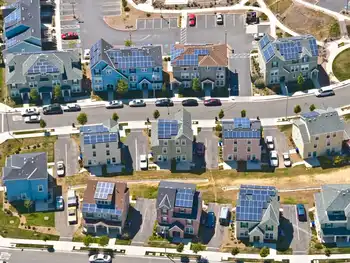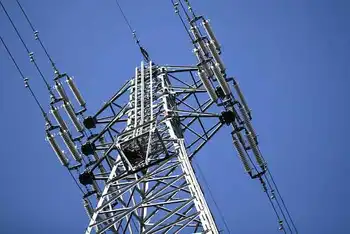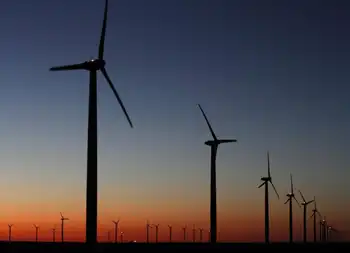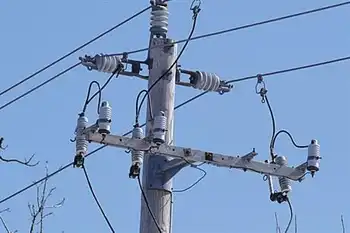High-altitude wind power's possibilities
By United Press International
High Voltage Maintenance Training Online
Our customized live online or in‑person group training can be delivered to your staff at your location.

- Live Online
- 12 hours Instructor-led
- Group Training Available
For the first conference on the subject at Oroville, California, inventors, engineers, researchers, entrepreneurs and university representatives came together from the United States, Japan, Germany, Italy, Canada and Ireland.
High-altitude wind power, they say, is worth pursuing because winds aloft tend to be more powerful and consistent than winds close to the ground.
"It's a somewhat early technology - it still sounds like science fiction to most people," said conference Chairwoman Cristina Archer, an assistant professor of energy, meteorology and environmental science at California State University, Chico, the San Francisco Chronicle reports. The school was one of the conference's sponsors.
Some of the models previewed during the conference included Ottawa-based Magenn Power, which sees possibilities for its Magenn Air Rotor System to power remote communities, such as villages in rural India or for mining operations in locations in which it is difficult to connect to an electrical grid.
Filled with helium and tethered to the ground, the huge, lightweight MARS rotates about a horizontal axis in response to wind, generating electrical energy, which is transferred down the tether for consumption, or to a set of batteries or power grid. It is designed to float 1,000 feet in the air.
Made of the same flexible material as airships, MARS would be easier to ship than conventional wind turbines, said Tony Asterita, one of the company's founders. MARS could be produced in a range of sizes, with larger versions able to generate 1 megawatt in steady wind, enough to provide electricity to about 750 homes.
Unlike the sharp edges of wind turbines, the company says the soft surface of MARS is bird and bat friendly. "If a bird for some reason does fly into us, he would just bounce off," said Asterita.
Another example of high-altitude power is Oroville-based Sky WindPower's Flying Electric Generator, which resembles a tethered elementary helicopter with no cabin. Four rotors lift the device into the air and rotate in the wind when the generator has reached the appropriate height, anywhere from 6,000 to 24,000 feet in the sky. The tether carries power to the ground and also keeps the "helicopter" in place.
Larger versions of the device, said Len Shepard, Sky WindPower's chief executive, could generate up to 20 megawatts of electricity.
The generator, like many high-altitude wind-powered devices, would likely require restricted airspace.





